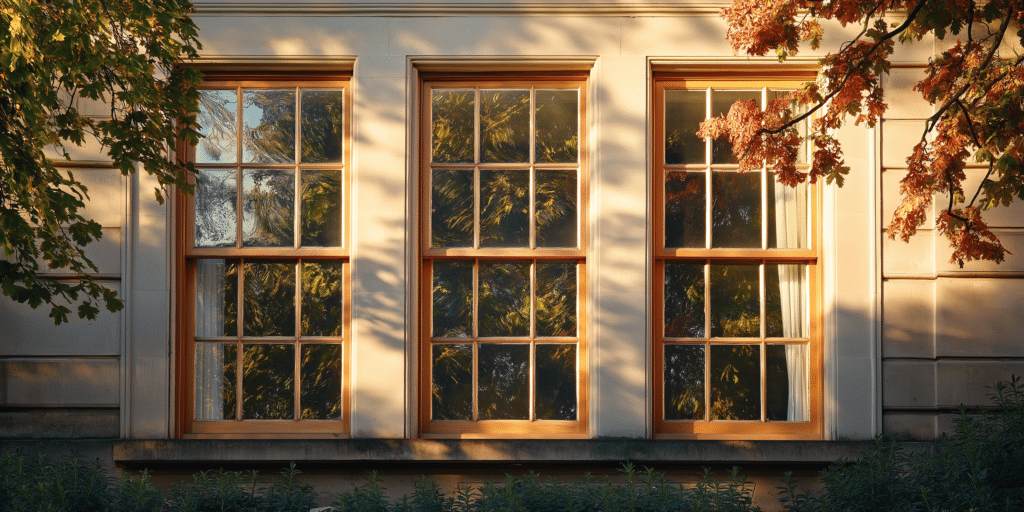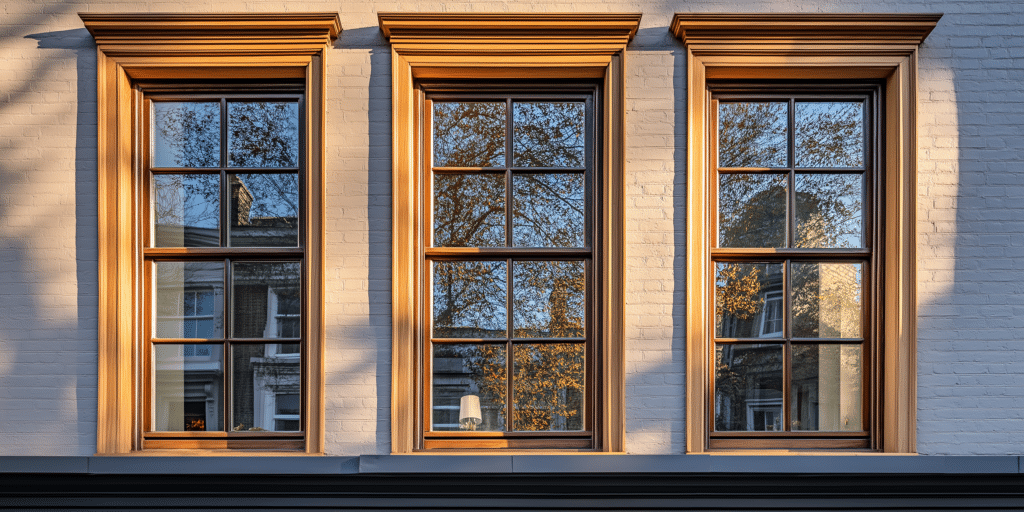Sash Limiters: A Complete Guide to Enhancing Window Safety and Functionality

Sash limiters are precision-engineered safety devices designed to restrict the opening of sash windows. They primarily prevent windows from opening beyond a certain point, reducing the risks of unauthorised access and accidental falls—especially crucial in homes with young children, elderly residents, or multi-storey buildings. By limiting the range of motion, sash limiters create a balance between ventilation and security, ensuring controlled airflow while maintaining safety.
Sash limiter models are specifically engineered to allow safe ventilation while preventing unauthorised window access. The locking mechanisms can be installed to restrict the window’s range of movement, contributing significantly to household safety.
Sash limiters usually feature adjustable mechanisms, such as locking arms or pivot points, that can be easily installed to regulate the window’s opening angle. Modern sash limiters, often made from stainless steel, uPVC, or aluminium, offer corrosion resistance and long-lasting strength. These materials ensure that sash limiters endure harsh weather conditions while maintaining functionality.
Types of Sash Limiters: Which One Is Right for Your Window?
Several types of sash limiters are suited to different sash window configurations, such as single-hung, double-hung, or horizontal sliding windows. The right choice depends on factors like the window frame material (timber, aluminium, or uPVC) and the functional needs of the property.
- Single-hung sash limiters are ideal for vertical windows in older homes or Georgian-style properties.
- Double-hung sash limiters: Designed for windows with two movable sashes, these limiters restrict both upward and downward movements.
- Automated sash limiters: Integrated with smart home systems, these allow remote control via smartphones or home assistants, providing secure ventilation.
- Safety sash limiters: These limiters comply with child safety regulations and are often used in schools, nurseries, and family homes.
Sash Limiter Installation Guide: DIY or Professional Help?
Installing sash limiters can be straightforward for those with basic DIY skills, but professional assistance may be needed for older windows or listed buildings. Care must be taken to ensure the limiter is properly installed to maintain the integrity of period properties and comply with heritage regulations. Professional installation ensures limiters are fitted without damaging original frames or compromising window function.
For DIY installations:
- Measure the window opening to determine the limiter’s required opening range.
- Drill pilot holes into the frame, ensuring they are aligned with the window’s locking points.
- Secure the sash limiter using corrosion-resistant screws and test the window’s operation.
- Adjust the limiter as needed to ensure smooth functionality without obstruction.
Why Sash Limiters Are Essential for Window Safety and Security

Sash limiters play a critical role in window safety by preventing accidental falls and enhancing security. The Royal Society for the Prevention of Accidents (RoSPA) reports that falls from windows are one of the most common home accidents, especially among children under five. Installing sash limiters significantly reduces this risk by limiting how far a window can open.
Beyond safety, sash limiters also improve home security by making it more difficult for intruders to gain entry. Models featuring key-operated locks or integrated locking mechanisms provide additional protection, making them ideal for homes in urban or high-crime areas. Many insurance companies offer premium reductions for homes with enhanced window security features like sash limiters.
Common Sash Limiter Problems and How to Solve Them
Over time, sash limiters may experience issues such as stiff operation, loose screws, or misalignment. Regular maintenance is essential to prolong their lifespan and maintain proper function. For example, applying a silicone-based lubricant can help prevent stiffness in sash windows by ensuring smooth operation.
Routine checks can help spot potential issues early. If problems such as loose screws or misaligned limiters arise, tightening or repositioning may be necessary. For more severe issues, consult a professional to avoid damage to the window frame or compromise of safety standards.
How Sash Limiters Enhance Energy Efficiency
Sash limiters can improve a property’s energy efficiency by helping to maintain a tight seal around the window frame. This reduces drafts and heat loss, particularly in older properties with single-glazed windows or timber frames. Installing sash limiters alongside modern double-glazing technology can drastically reduce heat transfer and improve the window’s U-value, resulting in significant energy savings.
Installing sash limiters ensures that windows are closed securely when not in use, preventing air leakage and minimising heat loss. Sash limiters in homes fitted with modern double-glazing enhance energy efficiency by reducing drafts.
Why Sash Limiters Are Essential for Window Safety and Security

Sash limiters are crucial for maintaining window safety, particularly in properties with young children or in multi-storey buildings. A 2018 report from the Royal Society for the Prevention of Accidents (RoSPA) states that falls from windows account for many home-related accidents, especially in children under five. Installing sash limiters can prevent these incidents by restricting how far the window can open, typically limiting it to 100mm for compliance with safety standards.
Sash limiters are not just about preventing falls but also serve as an additional security measure. Windows fitted with sash limiters reduce the risk of break-ins, with several insurance companies offering discounts to homes equipped with security features like sash limiters and window locks. This combination of safety and security makes sash limiters a vital addition to homes, offices, and rental properties alike.
Common Sash Limiter Problems and How to Solve Them
Like any hardware installed on frequently used fixtures, sash limiters are subject to wear and tear. Some common issues include stiff operation, loose screws, or misalignment. However, regular maintenance can mitigate these problems and extend the lifespan of the limiter. A practical solution for stiff mechanisms is to apply a silicone-based lubricant, which ensures smooth operation without damaging the components.
In coastal areas where windows are exposed to higher humidity and salty air, rust-resistant materials such as stainless steel are highly recommended. An article by Historic England highlights the importance of choosing appropriate hardware to maintain period windows’ longevity. Stainless steel sash limiters, for example, resist corrosion, making them ideal for regions prone to dampness or frequent rainfall.
How Sash Limiters Enhance Energy Efficiency
In addition to safety, sash limiters can improve the energy efficiency of sash windows by creating a tighter seal around the window frame, which reduces drafts and prevents heat loss. This is especially important in older homes, where modern double glazing may have retrofitted original windows. Data from the Energy Saving Trust indicates that households can save up to 15% on energy bills by ensuring windows are properly sealed and equipped with limiters to control airflow.
For properties using sash windows with single-glazing, sash limiters help minimise drafts by allowing the windows to be securely closed. Combined with high-performance glass or double glazing, sash limiters can significantly reduce heat transfer, contributing to better insulation and lower energy costs. Installing limiters is a simple yet effective way to control the temperature in homes without compromising on ventilation.
Choosing the Right Sash Limiter for Historical and Period Windows

In listed buildings or properties within conservation areas, preserving the historical aesthetics of sash windows while ensuring they meet modern safety standards is essential. For this reason, many sash limiters are designed to be discreet and unobtrusive. The National Trust advises selecting sash limiters that comply with heritage conservation regulations while providing the necessary safety and functionality.
Several models are designed specifically for heritage properties. They blend seamlessly into the design of period windows without altering their original appearance. These limiters comply with the Historic England guidelines for listed properties, making them ideal for Georgian, Victorian, and Edwardian homes.
Final Thoughts: Choosing the Right Sash Limiter for Your Home
In conclusion, choosing the right sash limiter involves considering the type of window, the building’s age, and the safety requirements for your property. Whether you’re working with period windows in a listed building or modern sash windows in a new development, there’s a sash limiter suited to your needs. The correct limiter can provide safety and energy efficiency and preserve the aesthetic integrity of traditional sash windows.
From smart, automated limiters to those specifically designed for heritage properties, investing in high-quality sash limiters enhances your windows’ functionality, safety, and value, providing peace of mind for years to come.




